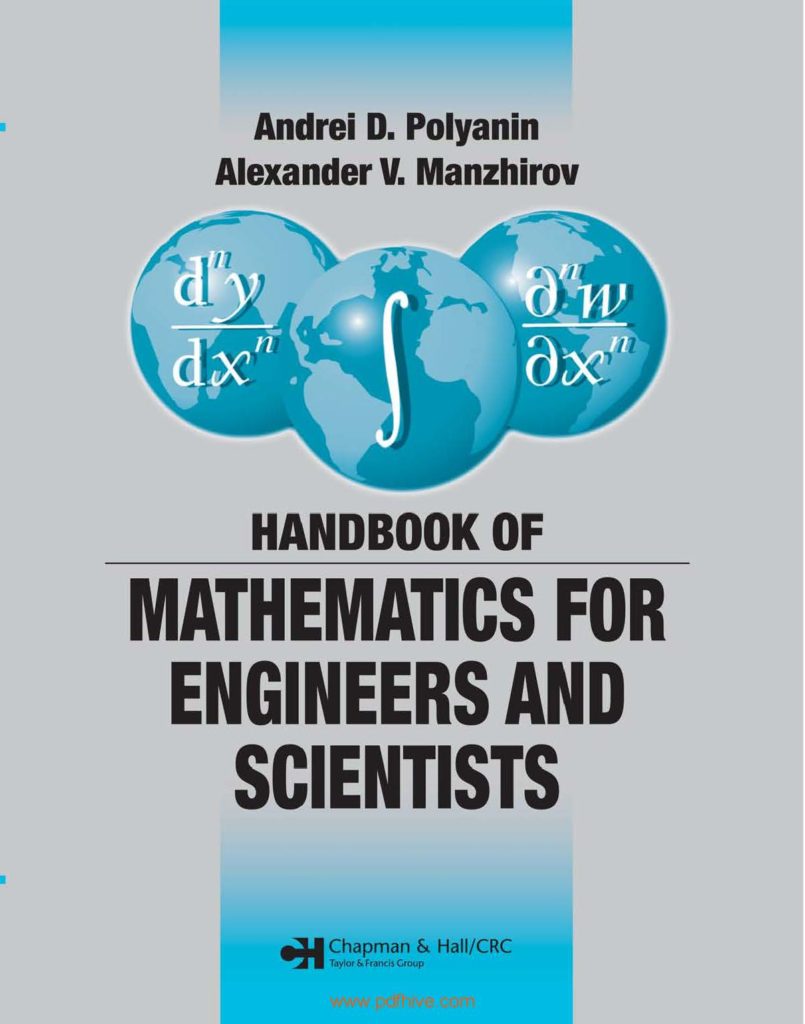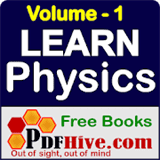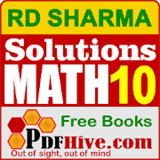Handbook of Mathematics for Engineers and Scientist is often viewed as a fairly comprehensive compendium of mathematical formulas and theorems intended for researchers, university teachers, engineers, scientists and students of various backgrounds in mathematics. The absence of proofs and a concise presentation has permitted combining a considerable amount of reference material during a single volume.
When selecting the topics, the writers have given an accurate preference to practical aspects, namely, to formulas, methods, equations, and solutions that are most often used in scientific and engineering applications. Hence some abstract concepts and their corollaries are not contained in this book.
This book contains chapters on arithmetics, elementary geometry, analytic geometry, algebra, differential and calculus, differential geometry, elementary and special functions, functions of 1 complex variable, calculus of variations, applied mathematics, mathematical statistics, etc. Special attention is paid to formulas (exact, asymptotical, and approximate), functions, methods, equations, solutions, and transformations that are of frequent use in various branches of sciences like physics, mechanics, and engineering sciences.
The most distinction of this reference from other general (nonspecialized) mathematical reference books may be a significantly wider and more detailed description of methods for solving questions and obtaining their accurate solutions for many classes of mathematical equations (ordinary differential equations, partial differential equations, integral equations, difference equations, etc.) that underlie mathematical modeling of various phenomena and processes in science and technology. In addition to well-known methods, some new methods that are developing intensively in recent years are described.
For the help of a large group of audience with different mathematical backgrounds, the authors tried to avoid special terminology whenever possible. Therefore, some of the methods and theorems are outlined during a schematic and somewhat simplified manner, which is sufficient for them to be used successfully in most cases. Many sections were written
so that they could be read independently. The material within subsections is arranged in increasing order of complexity. This allows the reader to urge to the guts of the matter quickly.
Conclusion
If you really enjoyed this book, I’d be very thankful if you’d help it spread by emailing it to a friend, or sharing it on Twitter or Facebook and pin post images on your Pinterest. Thank you very much!
Did you read “Handbook of Mathematics for Engineers and Scientist” on the way? Which one you are reading—and how it is similar to one of this?
- What do you think about Handbook of Mathematics for Engineers and Scientist?
Leave a comment below to tell us about your feed back!
Related Topics: If you enjoy this book, then there are some more interesting books are given below for you!
Our Android Apps
The Google Play store contains over 3 million apps; some are masterpieces. Our team is also participating in making android projects. If you really enjoy this article, “Handbook of Mathematics for Engineers and Scientist“ then you should also try some of our educational android apps and support us by giving us rating in Google Play Store.



































